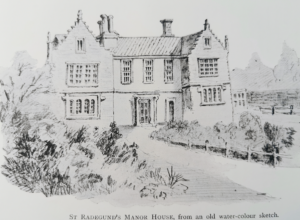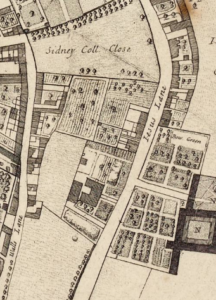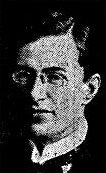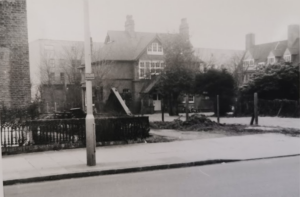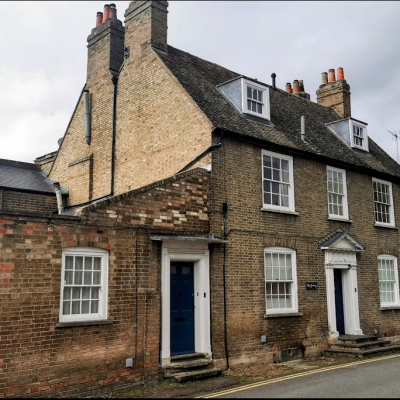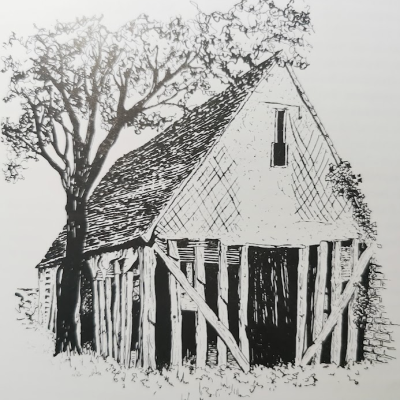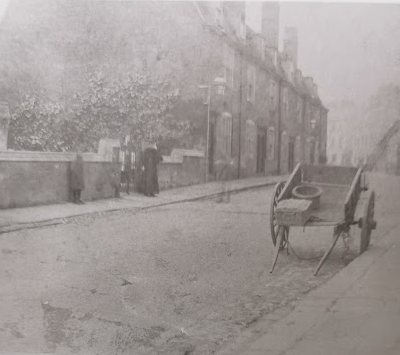Search by topic
- archaeology
- Building of Local Interest
- charity
- church
- crime
- dressmaker
- fire
- Great Eastern Railway
- Listed building
- Mapping Relief
- medieval
- oral history
- poverty
- Public House
- Rattee & Kett
- Religious House
- Roman
- scholar
- school
- Then and Now
- tudor
- women
- work
- world war one
- world war two
Search by text
 John Baskerville
John BaskervilleManor House of St Radegund, All Saints’ Vicarage
History of the Manor House of St Radegund
Cadell and Davies 1808 guide to Cambridge says that at the Dissolution this religious house passed to Jesus College. The original building burned down in the reign of Queen Elizabeth I.
An article on BNO about the Priory of St Radegund which later became Jesus College can be found here:
https://www.british-history.ac.uk/vch/cambs/vol2/pp218-219
Alison Taylor in Cambridge – The Hidden History writes:
the Benedictine nunnery of St Radegund’s, was a more humble institution, as women’s houses generally were. Its location just outside the bounds of the medieval town, however, meant that its premises and estates were valuable properties which were converted into Jesus College in 1496.
The nunnery had existed in the 12th century and accumulated gifts of land. Although there were only about 12 religious residents, by the 15th cent. the nunnery was running a large farming estate. There was an annual market in the adjacent Garlic Lane (now Park Street).
The church of the nunnery still survives: it is now the Jesus College chapel. It has lost the original aisles, sidechapels and most of the nave; outside can still be seen a medieval doorway, windows, remains of a prioress’s tomb and a bench where the feet of the poor were washed on Maundy Thursday.
A B Gray adds in Cambridge Revisited:
Turning into Manor Street, the sundry fragments of fluted and other worked stone embodied in the rubble wall on our left, remind us that it is built largely of materials obtained during the extensive restoration of Jesus College Chapel, carried out about 1845. Manor Street forms the eastern boundary of the old manor garden, whilst All Saints’ Vicarage stands, more or less, upon the site of the original Manor House.
The latter was demolished about the year 1831, and there is a tradition that it was occupied by John Baskerville, the famous University printer (1758-1765) during his brief residence in Cambridge. By the early 19th century the garden had become a neglected wilderness.
1891 All Hallows House
The 1891 census shows a house between nos. 46 and 45 Jesus Lane named All Hallows House that seems most probably to have been the vicarage.
Mary C Ponsonby, wife, 20, b Waltham Abbey
Noel E, 2mos, b Cambridge
Douglas G, nephew, 4, b Bedford
Alice Webb, 36, nurse, b Hunts
Sophia C Abra, 31, parlour maid, b Norfolk
Ada Clear, 16, house maid, b London
Arthur Charles Harlah, 20, gardener, b Trumpington
Charles R Buxton, visitor, 15, b London
Charle R Buxton became Eglantyne Jebb’s brother in law:
1975
The left hand strip of the garden has been uprooted and taken to make part of the new site of Manor Street. A new drive has been made further to the right of the original Vicarage drive and fenced off.
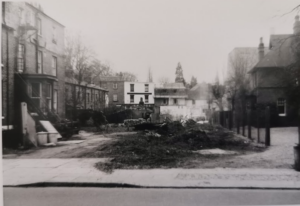
All Saints vicarage (r) and backs of Manor Street houses (l) seen from Jesus Lane. The newly created gap will become the new Manor Street.
Contribute
Do you have any information about the people or places in this article? If so, then please let us know using the Contact page or by emailing capturingcambridge@
License
This work is licensed under CC BY-NC-SA 4.0





